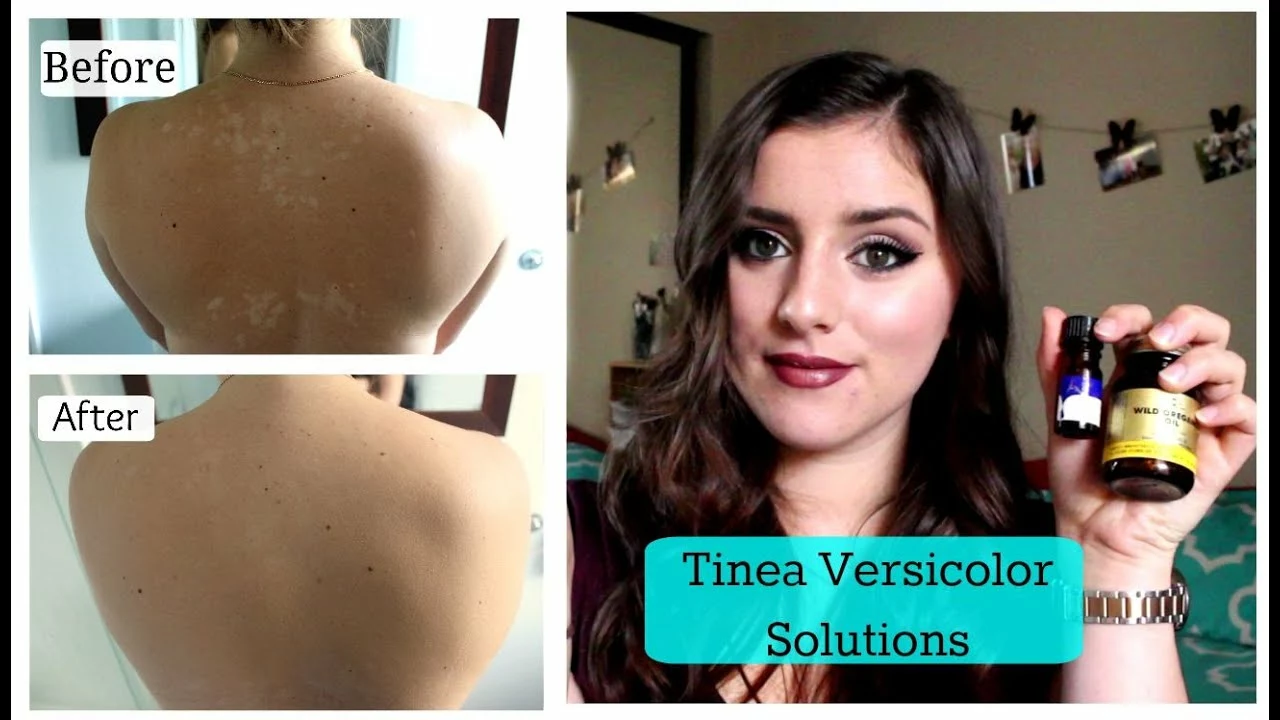Athletes Health & Performance Guide
Being an athlete isn’t just about hitting the gym or the field; it’s also about staying smart on health choices. From picking the right supplement to knowing which prescription meds are safe for competition, a solid game plan can keep you performing at your best without unwanted setbacks.
Safe Medications and Supplements for Athletes
First off, not every over‑the‑counter pill is athlete‑friendly. Some common painkillers contain ingredients that show up on banned substance lists, so always double‑check before you pop anything. If you need a muscle relaxer after an intense workout, look for options like baclofen but ask your doctor if it’s allowed in your sport.
When it comes to supplements, quality matters more than the hype. Choose products that have third‑party testing—think NSF or Informed‑Sport certification—to avoid hidden stimulants. Popular choices such as creatine, beta‑alanine, and whey protein are generally safe, but dosing matters. Stick to recommended amounts; loading cycles can stress your kidneys and may raise red flags during doping tests.
Prescription meds require extra caution. If you’re prescribed something like metformin for blood sugar control or a blood pressure drug such as Norvasc, let your medical team know you compete. Some drugs are permitted with therapeutic use exemptions (TUEs), but you’ll need proper documentation to avoid penalties.
Injury Prevention and Recovery Basics
Staying injury‑free starts with a solid warm‑up routine. Dynamic stretches—leg swings, arm circles, hip openers—prime your muscles for the work ahead. Follow that with sport‑specific drills to activate the exact patterns you’ll use in competition.
If you do get hurt, early treatment is key. Use the RICE method (Rest, Ice, Compression, Elevation) within the first 48 hours to curb swelling. For more serious strains or joint issues, consider seeing a sports physiotherapist who can guide you through targeted rehab exercises. Consistent rehab not only speeds up recovery but also builds stronger tissue to prevent repeat injuries.
Nutrition plays a hidden role in healing too. Aim for a protein intake of about 1.6‑2.2 grams per kilogram of body weight each day, and don’t skimp on anti‑inflammatory foods like berries, leafy greens, and omega‑3 rich fish. Staying hydrated helps your joints stay lubricated and supports overall tissue repair.
Finally, listen to your body’s signals. Persistent fatigue, nagging pain, or mood swings can indicate overtraining or an underlying health issue that needs professional attention. A regular check‑up with a sports medicine doctor can catch problems before they sideline you for months.
Bottom line: smart choices around meds, supplements, and recovery give you the edge without risking your career. Keep a log of everything you take, stay updated on banned substance lists, and work closely with health professionals who understand athletic demands. Your performance will thank you.
Tinea Versicolor in Athletes: Prevention and Treatment Strategies
As an athlete, I've noticed that tinea versicolor can be a common issue among us. To prevent this fungal infection, it's essential to maintain good hygiene, especially after workouts, and use anti-fungal soap or body wash. Additionally, wearing moisture-wicking clothing during exercise can help reduce the risk. If tinea versicolor does occur, over-the-counter anti-fungal creams can be an effective treatment. However, if symptoms persist, consulting with a dermatologist is highly recommended to find the best treatment plan.
About
Fitness and Supplements
Latest Posts


Chinese Generic Production: Manufacturing and Quality Concerns
By Orion Kingsworth Nov 12, 2025

Dyskinesias and Biofeedback: A Promising Treatment Option
By Orion Kingsworth Mar 16, 2025

Albendazole in Pregnancy: Safety, Risks, and Guidelines Explained
By Orion Kingsworth May 23, 2025

